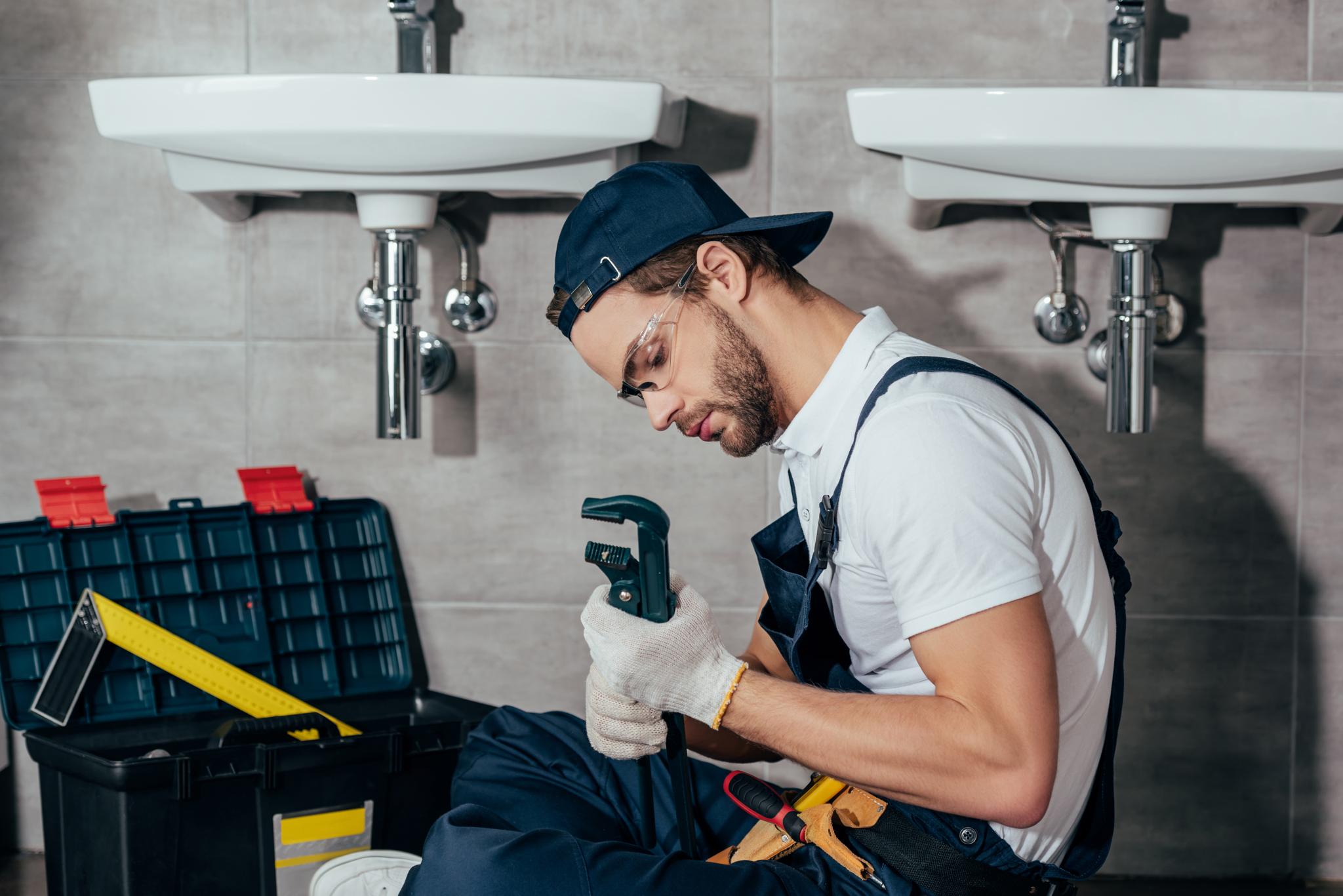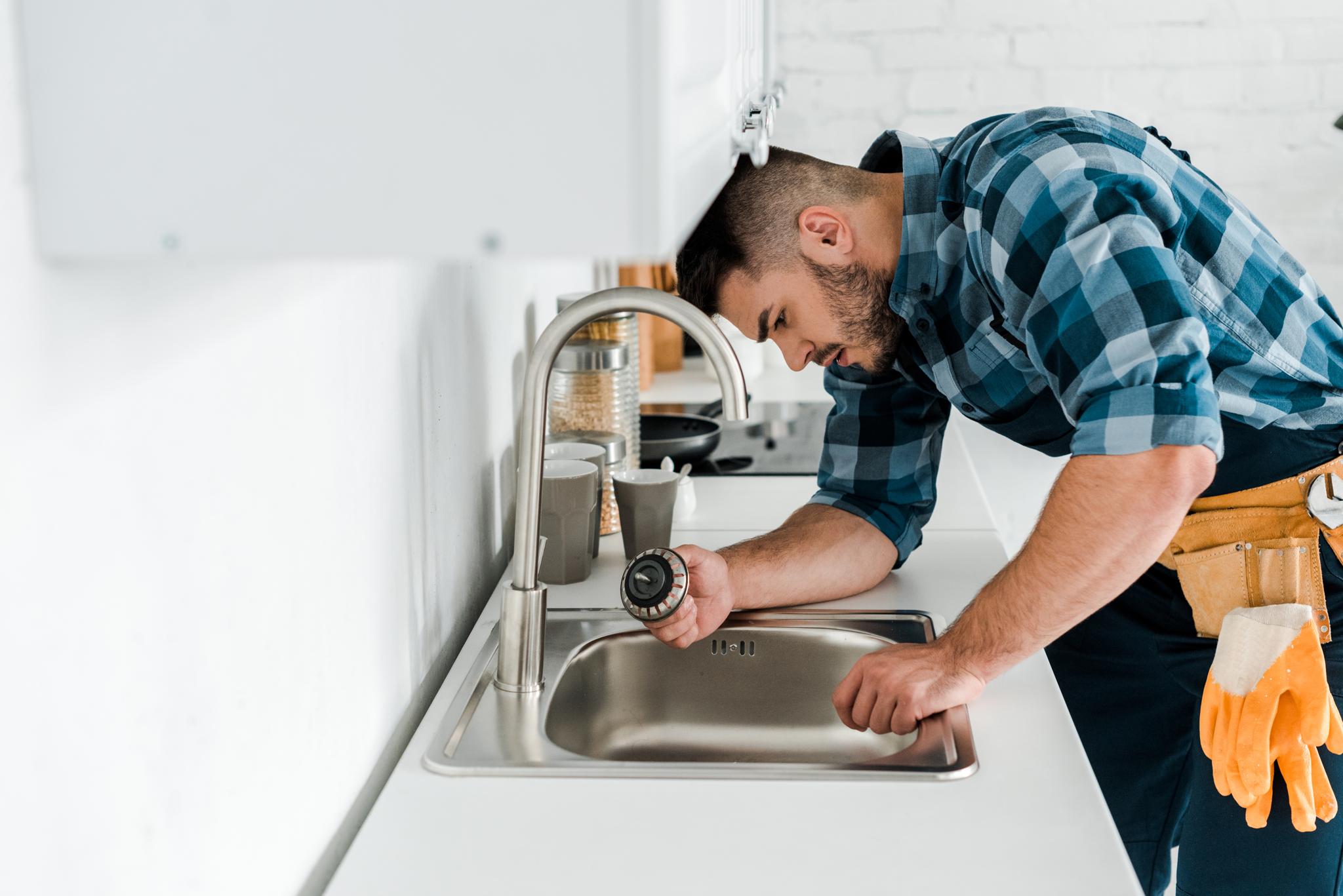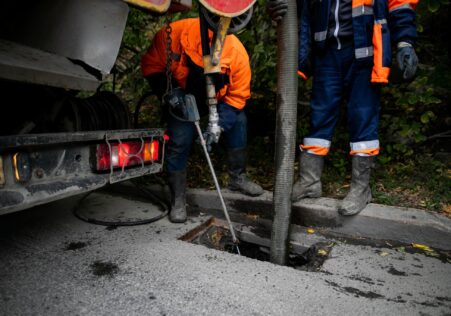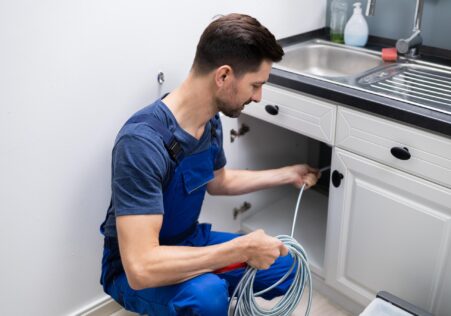How to Choose the Right Pipe Relining Material for Your Home
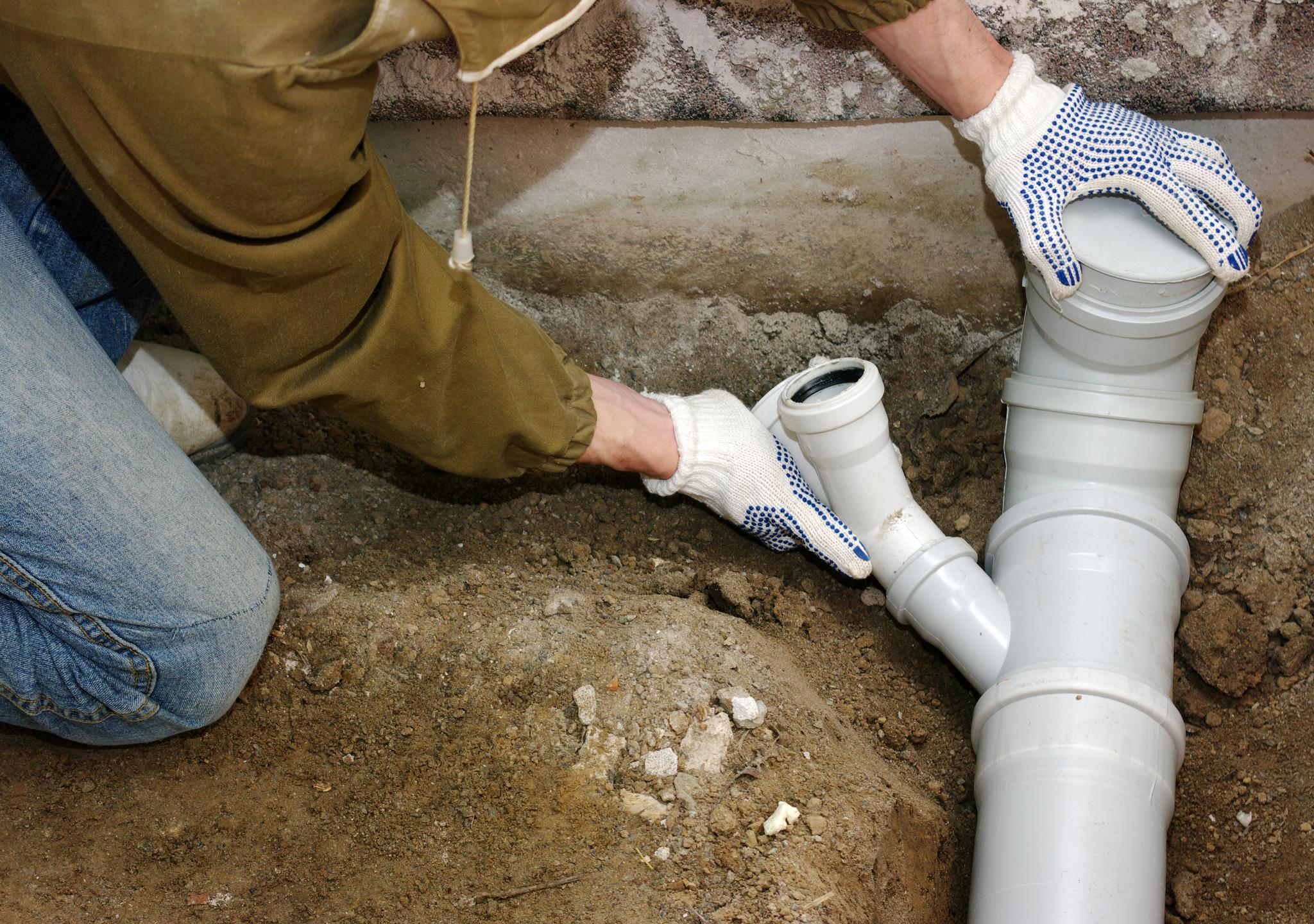
Keeping your home’s plumbing in good shape is crucial, but the pipes can be damaged over time. The most common method for replacing them is to dig into and removing old pipes, which could be messy and expensive. Pipe relining is an alternative that is alternative that is more cost-effective and convenient option.
Key Takeaways
- Pipe relining is a cost-effective alternative to traditional replacement of pipes methods
- Making the right choice of pipe relining material is essential for effectiveness and longevity
- Things to consider when selecting materials for pipe relining include the surroundings, flow capacity and durability, as well as costs and maintenance
- Types of pipe relining materials include Cured-in Place-Pipe (CIPP), Fiberglass Pipe Lining and Cast Iron Pipe Lining.
- Relining pipes makes a "pipe inside the pipe" which allows you to restore full functionality without the removal of the existing pipes.
With so many types of pipe relining materials available it is crucial to select the most appropriate one. This guide will help you understand what to look for when choosing the right pipe relining material that is suitable for your needs and budget.
What exactly is Pipe Relining?
Before we go into the best pipe relining material, let’s quickly look at what it is.
Pipe relining is a procedure which involves the installation of an epoxy liner inside damaged or degraded sewer lines, water mains or any other underground pipe system, thereby preventing leaks and root infiltration. It is basically creating a new "pipe within a pipe" that allows for the restoration of full functionality without requiring the elimination of existing pipes.
The advantages of pipe relining include:
- Minimizes excavation works
- Reduces the cost associated with traditional methods
- More hygienic than excavation
There are many advantages when it comes to lining, selecting the proper material to line your home is vital for efficiency and long-term durability.
The Factors to Consider When Selecting Pipe Relining Materials
- Environment: The most crucial things you need to think about when choosing a pipe lining material should be the environment. The external conditions determine the strength of the liner will be free of impact, such as chemical substances, humid conditions among others.
- Capacity of Flow A capacity for flow would refer to the volume of liquid which flows easily across your plumbing after you have installed new liners.
- Durability: The measure of durability is how long it will last against tough environments like excess amounts of moisture, chemicals and other harsh conditions.
Costs
Additional Information
- Natural Methods for Keeping Your Shower Drain Free of Blockages
- Blocked Drain Emergency? Here’s What You Need to Know About DIY vs. Professionals
- The Dangers of Using Chemical Drain Unblockers
- The Ultimate Guide to Unclogging Your Drain Without Professional Help
- How to Tell You Need Drain Clearing Services for Your Business
- Why CCTV Drain Inspections Should Be Part of Your Regular Maintenance Routine
- 5 Tips to Keep Your Drains Flowing
- The Ultimate Checklist for a Smooth-flowing CCTV Drain Inspection Experience
- Future-Proofing Your Plumbing System with CCTV Drain Inspection
- How to Prevent Your Drains from Getting Blocked


